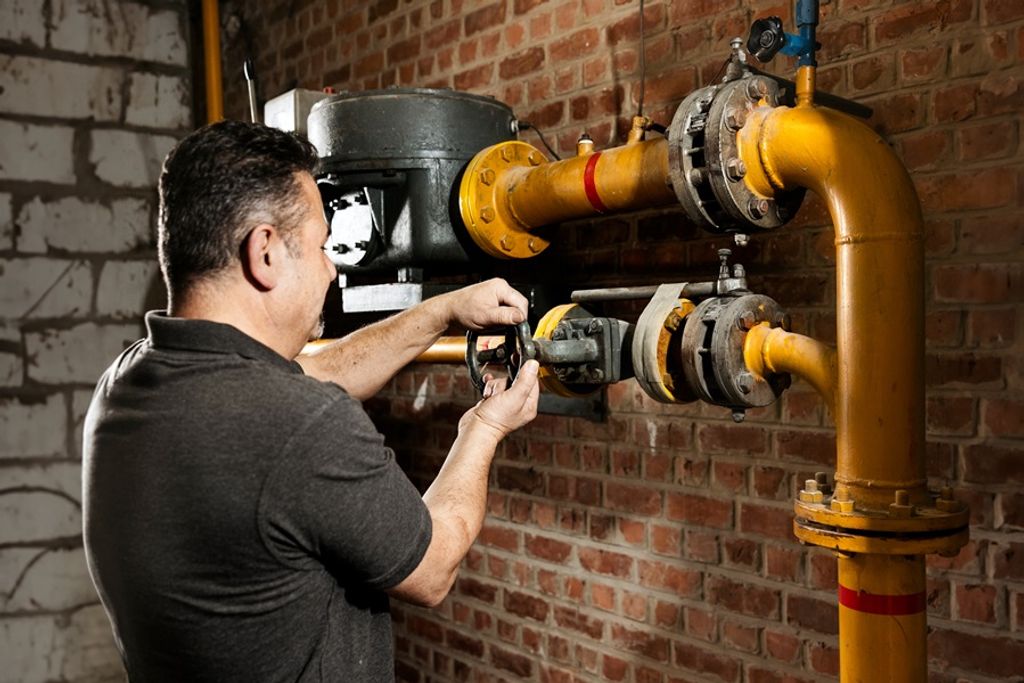Sustainability targets
Pandox's goals are based on the impacts, risks, and opportunities within environmental, social, and governance areas that have been identified as material in the double materiality analysis.

Pandox sustainability strategy
Environment | Responsible and fair business | Guest and tenant satisfaction and safety | Attractive and equal workplace | Inclusive local communities | |
|---|---|---|---|---|---|
ESRS | E1, E2, E3 & E5 | G1, S2 | S4 | S1 | Not material, but expectations from stakeholders |
Activities |
|
|
|
|
|
KPI's |
|
|
|
|
|
Approved scientific climate targets
In 2023 Pandox had its science-based climate targets approved by the Science Based Targets initiative (SBTi). SBTi has assessed Pandox's target ambition for Scope 1 and 2 to be in line with a 1.5-degree trajectory and the Paris Agreement.
The targets mean that by 2030 the company will reduce greenhouse gas emissions from its own operations (Scope 1 and 2) by 42 percent. The largest emissions include fuel used (Scope 1) and energy purchased (Scope 2), with a 25 percent reduction in emissions from leases (Scope 3). The largest emissions come from tenants' total energy use and building materials during renovations. The base year is 2022.
The process has been carried out in collaboration with IVL, the Swedish Environmental Research Institute, which has involved data validation, continuous work to improve the data basis, training and support during the process. The targets are strategically important, ambitious and relevant and ensure that Pandox focuses on and prioritises the areas where the company has the greatest climate impact.
Scope 1 and 2 emissions
For the Own Operations business segment (Scope 1 and 2), the Board approved a climate change adaptation programme of approximately MEUR 29 for eleven properties. The programme includes the phasing out of gas and oil, energy efficiency and an increased share of renewable energy. Behavioural changes are also important to achieve the targets. When the project is completed in 2027, Pandox is expected to be well placed to achieve the science-based emission targets for Scope 1 and 2 and generate annual savings of around MEUR 3.
Scope 3 emissions
The measures for the Leases business segment (Scope 3) also include the phasing out of oil and gas, energy efficiency and an increased share of renewable energy. It also includes reducing CO2 emissions during renovation and remodelling through, for example, sustainable material choices and reduced waste. The target is not set per category but in total to allow flexibility regarding identified opportunities.
Why is this important?
The approved targets are set in line with the latest climate science and the 1.5-degree pathway and focus on the areas where Pandox has greatest climate impact. This gives Pandox a clear direction for its continued sustainability work and
ensures that Pandox will also be able to meet future regulatory requirements that are designed in line with Paris Agreement.
How will the targets be achieved?
- Phase out oil and gas in selected buildings
- Implement energy efficiency measures
- Increase the share of renewable energy
- Conscious material choices in renovation for lower climate footprint and increased proportion of recycled
Past sustainability target
An earlier investment programme in Own Operations has been completed according to plan. In total, approximately MEUR 7 has been invested to reduce climate impact through energy and water reduction projects and technology installations. The goal was to reduce energy, gas and water consumption by 35 percent, 25 percent and 20 percent respectively, and to reduce CO2 emissions by 20 percent. The investment programme's expected financial return of 20 percent has so far been fulfilled
